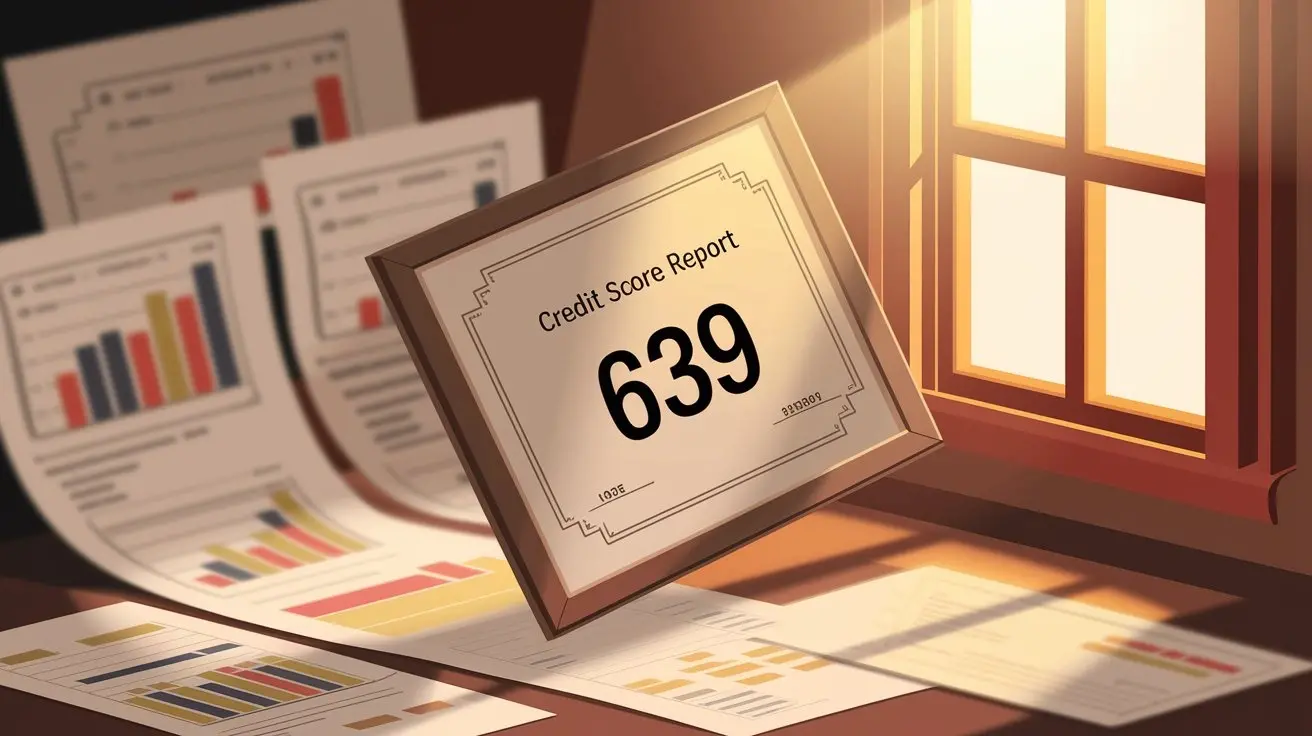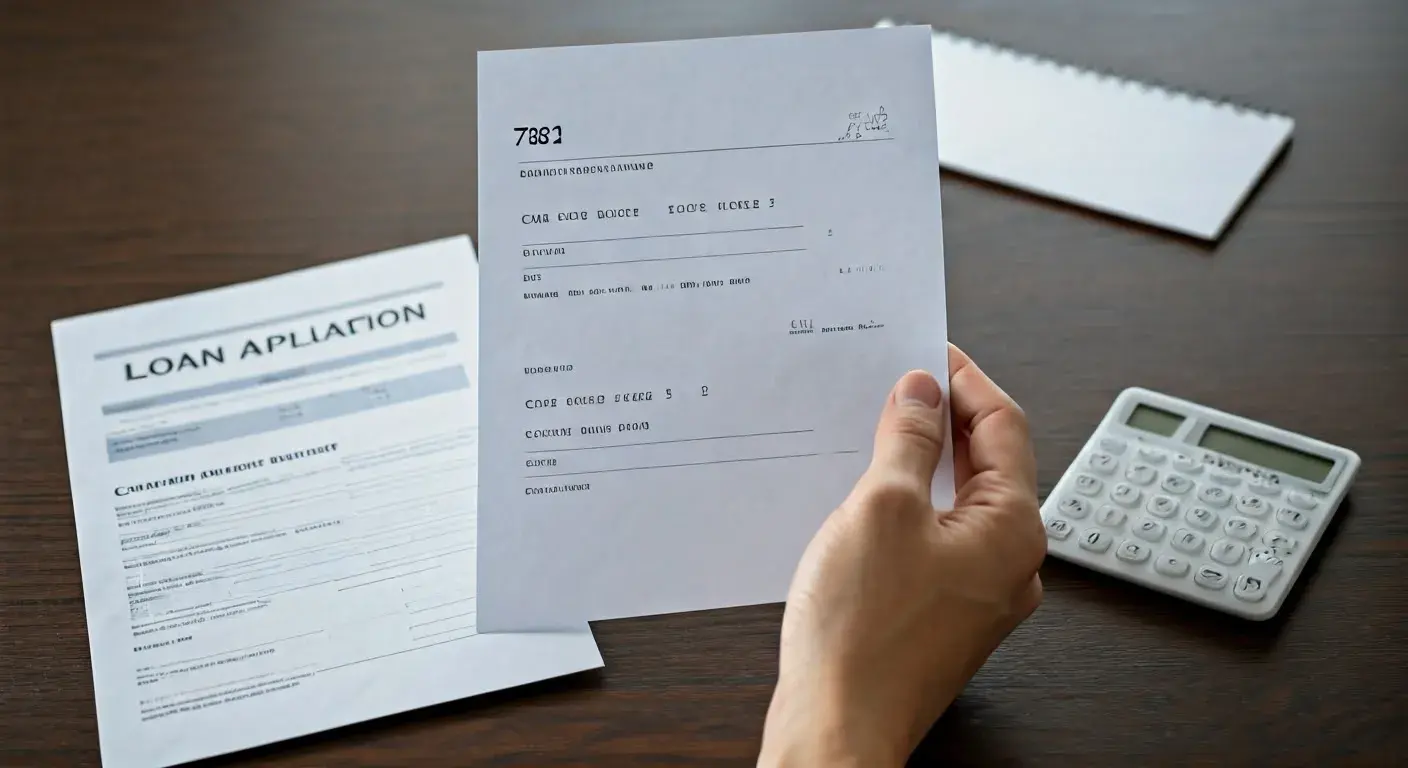-
Posted on: 31 Jul 2024
-
FICO Scores vs Credit Scores: So, let me ask the million-dollar question, what is the difference
Examining your credit record and credit scores might reveal several ratings from many credit scoring systems. Two overall ones are the VantageScore and the FICO score. Still, they are calculated in somewhat distinct approaches. Understanding these basic differences will help you to evaluate your results and how other lenders might view your creditworthiness
What does the FICO mean?
For Fair Isaac Corporation, a FICO score—that is, the scores computed using the FICO model—defines Credit ratings ranging from 300 to 850 are FICO scores. FICO aggregates data from the credit records of Experian, TransUnion, and Equifax into its calculation. FICO sometimes changes its approach. Most of the lenders nowadays use FICO Score 8; others have switched to FICO Score 9.
Under what criteria is your FICO score calculated? Though the precise formula is unknown, typically it consists: Though the precise formula is unknown, usually it involves:
- Your payment history (35%)
- How much do you owe as a percentage of your salary (30%)?
- Duration of your credit history (15%).
- Ratio of credit to types of accounts (10%)
- Recent credit applications (10%)
Unlike other scoring systems, FICO uses a different methodology and takes the whole credit history into account instead of the most recent credit information. For people with extensive credit histories who have made regular payments, this explains why FICO ratings are often higher. Among all the ratings the lenders employ, FICO scores are the most often utilized ones.
A credit score can be defined as a statistic that represents the creditworthiness of an individual or organization.
Unlike FICO scores, for instance, a credit score is a number assigned to indicate a credit level. Still, VantageScores and the FICO services are the two main consumer credit rating products. Stated differently, a better credit score indicates to the lenders that you are a low-risk taker with quick payback ability.
Although the information in your credit files forms all credit scores, they vary in numerical computation and range. Depending on Equifax, TransUnion, and Experian credit reports you have accordingly, you may have many VantageScores, just as with FICO scores. From the five main types of credit data, each with different weight, credit scores are calculated: The five main areas of credit data—each with different weight—help to generate credit scores:
- Credit history (most important)
- Credit utilization ratio
- Credit age and history blended
- Credit applications and inquiries
- Credit types
Over some time, your credit profile will determine changes in your credit score. When deciding whether to lend money, lenders base their judgments on your scores; they also have cut-offs where they believe your score should decrease to be granted the loan. Since it will provide a whole view of the credit history, it is advised to watch the VantageScore or any other credit score in addition to FICO.
FICO Scores and VantageScores: Comparison
The data in your credit records determines your FICO ratings and VantageScores. The many scoring systems, however, examine the data in various ways and apply their equations. VantageScores and FICO scores follow this pattern: VantageScores and FICO scores follow these comparisons:
While the VantageScore counts from 300 to 850, the FICO credit score ranges from 300 to 850.
While on the other hand, VantageScore focuses considerably more on your most recent payback history, FICO pays most of the attention to your credit history. Still, both review five credit history areas overall.
Timeframe: VantageScore does not use credit history before the previous 24 months for certain criteria whereas FICO examines your whole credit history.
Speed of Change: Your more recent credit data determines the scores; so, they may change quicker to reflect credit change. Your FICO must show a consistent history over the years if it is to alter significantly.
One must realize that these two types of scores cannot be added, subtracted, multiplied, or divided. A FICO score of 700 indicates different acceptance prospects than VantageScore 700. Still, both of these help to arrange customers in a creditworthiness hierarchy that appeals to lenders.
Understanding the difference in credit scores:
Your diverse credit scores are a result of credit bureaus somewhat differently reporting your credit history. For instance, some lenders submit information only to TransUnion rather than to Experian. From minor variances to credit history reporting plus significant formula discrepancies amongst scoring models, you get a range of ratings that reflect different aspects of your credit situation.
In terms of the statistics, your FICO and Vantage ratings should ideally be somewhat similar. If so, the best thing to do is review your complete credit reports looking for data input mistakes or distortions that could be dragging down one of the scores. Correct big credit report mistakes to bring the differences back under control.
When is the FICO Score Used Rather than Some Other Credit Score?
The first credit rating system, FICO is still used by most credit issuers—including the big banks. Ninety percent of the major lending organizations in the United States, according to FICO, depend on FICO scores throughout the loan process. Still, the lenders may also build their internal scorecards or utilize the VantageScores. If they use more than one, or if they use credit scores in the first place at all, only the lender knows whose credit scores they use.
Though the FICO score is the most often used, little variations between it and more recent scoring systems like VantageScore do influence the acceptance chances. It makes logical, therefore, to routinely check all of your credit ratings. By catching them, you may contest mistakes on your credit report thus minimizing unnecessary score swings.
Improving Low Credit Scores
The advice remains the same whether you have a low FICO score or VantageScore: The advice remains the same whether you have a low FICO score or VantageScore:
- Ensure all bills are paid in full and promptly
- Users should not exhaust more than 30% of the total credit limits made available
- Don’t apply for new credit right now
- For reporting mistakes on your credit report
- Permit length of positive history to grow
This is one fast way to increase lagging credit scores in case mistakes present late payments or high balances on the credit reports. Depending on your credit usage, your positive payment history should tick higher as the information age assumes a positive outlook. As you build positive credit patiently, most scoring models approve your high scores after some time and extend you new credit access.
Key Takeaways
- One credit score created from your Equifax, TransUnion, and Experian credit records is FICO. Among the credit ratings you could have are the Vantage Score and many lender scores.
- From all the main rating systems, payment history seems to be by far the most important determinant. Vantage Score focuses on recent credit activity; FICO examines all of your current credit history.
- Although other scores are equally important, FICO is the most often used credit score nowadays when applying for loans.
- Like credit scores, improving all of your ratings calls for such actions as timely bill payment and limited credit card use.
Examining all the credit scores lenders may access provides the most comprehensive picture of the current credit situation. Although it is frustrating to have varied ratings, variations in your FICO, VantageScore, and other scores often result from formula discrepancies. Adopting solid credit management would help you to achieve higher performance. After some time, the ratings from different models vary somewhat depending on both of your wise judgments.
Call now for expert credit repair services: (888) 803-7889
Read More:
What is the easiest loan to get immediately?
What credit score do I need to buy a 700k house?
Can I afford a 300k house on a 50k salary?
How much house can I afford if I make $60000 a year?
What are the 5 levels of credit scores?




